The Practice and Theory of Seismic Depth Imaging
Tutors: Dr. David Kessler, Prof. Dan Kosloff
Our upcoming course will take place in Houston on October 8-12, 2018.
Registration forms are available by request to: courses@seismiccity.com
SeismicCity provides educational presentations and a comprehensive 5-day course that covers all aspects of depth imaging technology. The course objective is to explain the theoretical background of seismic wave propagation, velocity estimation techniques, prestack depth migration algorithms, and review the practical implementation and use of these techniques in the application of model building and prestack depth migration projects. The focus of the course is the practical implementation. This includes offshore and onshore examples as well conventional and unconventional case studies.
This course is suitable for Geophysicists that are implementing depth imaging technology, Geologists and Geophysicists that are interpreting depth domain data, Geophysicists new to the field and management personnel that are interested in getting updated with the basics and the current state of depth imaging technology.
The 5-day course, “The Practice and Theory of Seismic Depth Imaging”, consists of 14 chapters (listed below with description) and is taught by Dr. David Kessler and Prof. Dan Kosloff.
Course Content
Day I
Chapter 1: General Review: Time and Depth Imaging Methods
Chapter 2: Forward Modeling: Ray Trace and Wave Equation Techniques
Chapter 3: Numerical Solutions of the Wave Equations
- Basic concepts and methods in both time and depth processing
- The theory of wave propagation
- Ray theory
- Numerical solutions of the various wave equations
- Solution stability and numerical dispersion
- Numerical derivatives
- Time integration methods
- Analysis of wave propagation
- Offshore sub-salt example
- Onshore faulted section example
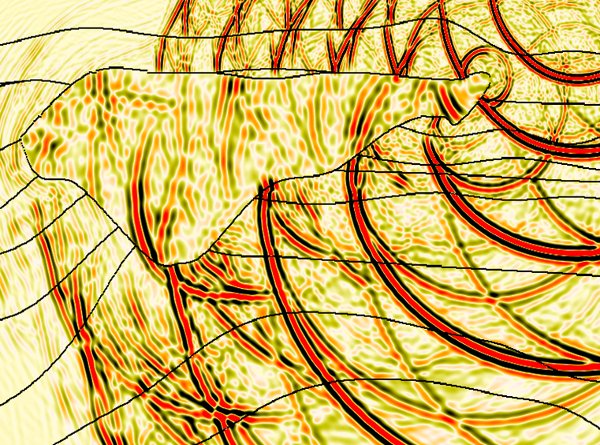
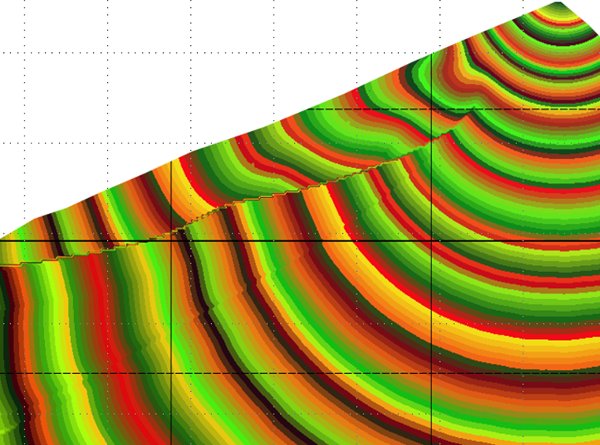
Day II
Chapter 4: The Theory of Post Stack and Pre stack Depth Migration
Chapter 5: Development and Testing of Pre stack Depth Migration Algorithms
Chapter 6: From Theory to Practice: Migration Parameterization
- Ray based depth migration
- Kirchhoff summation migration
- Travel time calculation used in ray based depth migration
- Wave equation downward continuation
- Wave equation imaging condition
- One way wave equation depth migration
- Two way wave equation depth migration
- Anisotropic depth migration
- Historical review of development of depth migrations
- Computer hardware using for depth imaging
- Parameterization of depth migration algorithms
- Depth migration operator dip
- Depth migration Aperture
- Depth migration Frequency range
- Image gathers
- Salt related offshore example
- Salt related onshore example
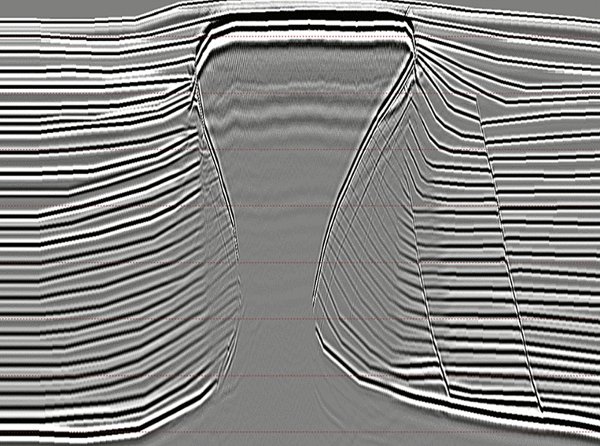
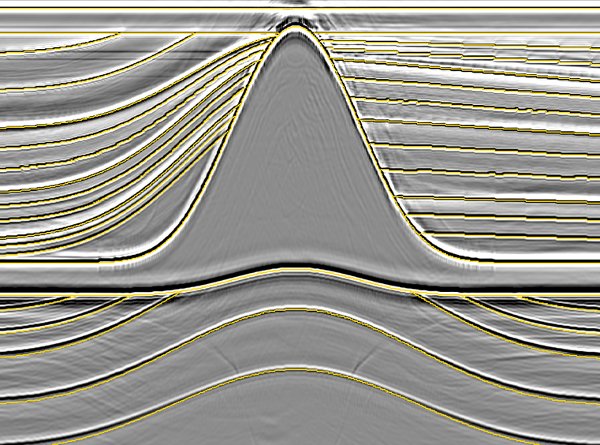
Day III
Chapter 7: Seismic Velocities and Velocity Estimation Techniques
Chapter 8: Anisotropy and Time-to-Depth Conversion
- Definitions of velocity fields used in seismic processing and depth imaging
- Velocity analysis techniques
- The theory and implementation of Reflection tomography
- The theory and implementation of Full waveform inversion
- Time to depth conversion using pre stack depth migration
- Seismic to well mistie analysis and correction
- Definition of anisotropic models
- Wave propagation in an anisotropic media
- Model building and depth imaging of unconventional plays
- Estimation of fracture orientation using azimuthal anisotropy
- Onshore conventional fault shadow example
- Onshore unconventional shale play example
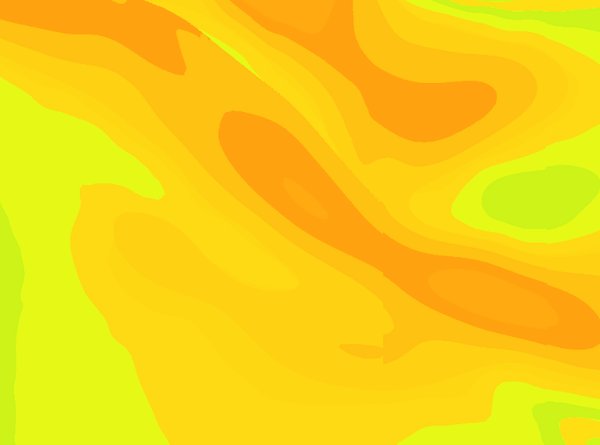
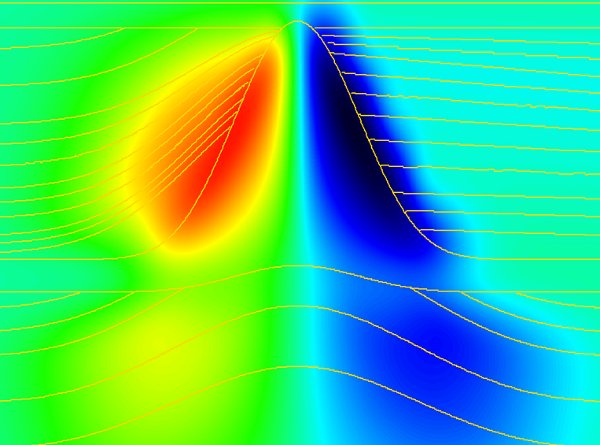
Day IV
Chapter 9: Interpretation and Model Building
Chapter 10: Velocity Model and Image Quality
Chapter 11: Imaging and Interpretation of Sub-Salt Sediments
- The link between velocity models and pre stack depth migration results
- Salt model building workflow
- Models for imaging of over thrust geology
- Fault shadows
- Construction of anisotropic models for unconventional plays
- Optimization of velocity models
- The relation between anisotropic models and image accuracy
- Challenges of imaging and interpretation of the subsalt section
- Sub-salt multiples, converted waves and prism waves
- Offshore sub-salt example
- Onshore over thrust example
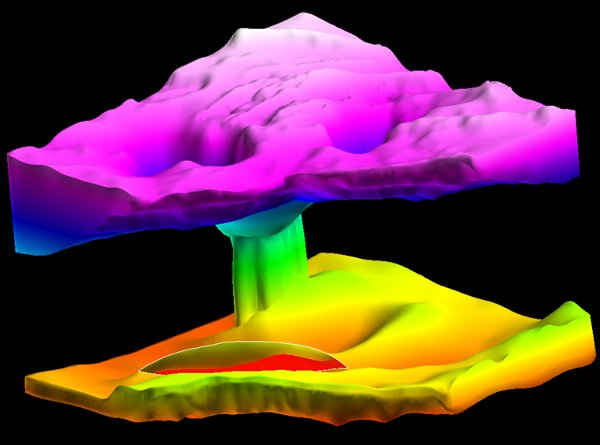
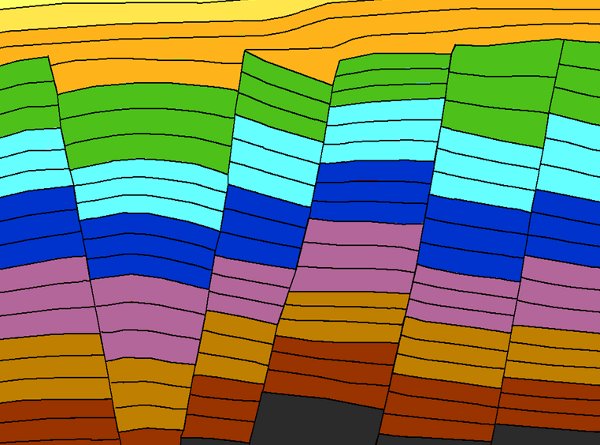
Day V
Chapter 12: PSDM Amplitudes
Chapter 13: Illumination Analysis and Acquisition Design Studies
Chapter 14: Depth Imaging Projects, Workflows and Examples
- Ray based illumination
- Migration illumination
- Amplitude preserved pre stack depth migration
- Wave equation normalization
- Impedance inversion using pre stack depth migrated gathers
- Ray and wave equation simulation for analysis of acquisition design
- Marine streamer acquisition
- Marine OBN data
- Depth imaging workflows
- Steps for execution of depth imaging projects
- The link between depth imaging technology and exploration and development
- Offshore sub-salt example
- Onshore fault shadow example
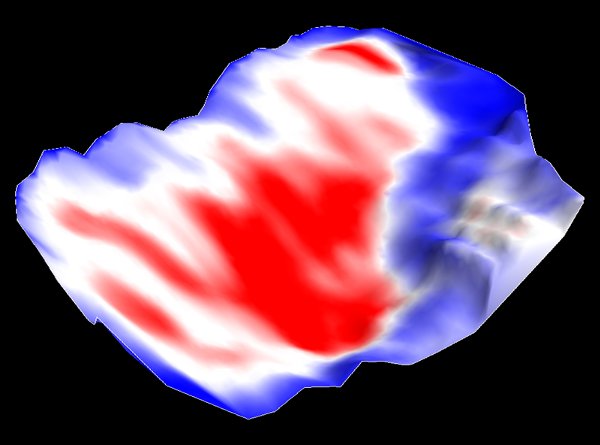
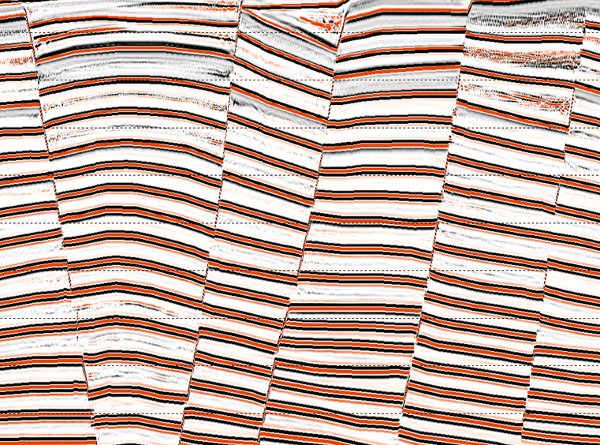
Chapter Summary & Details

Chapter 1: General Review: Time and Depth Imaging Methods
The course starts with a general description of the basic concepts and methods in both time and depth imaging. We review the processing steps applied in post and prestack time migration, and then in post stack and prestack depth migration. Some of the case studies that are used in the course are presented and explained. In this chapter we set the foundation for the topics that will be discussed throughout the course.

Chapter 2: Forward Modeling: Ray Trace and Wave Equation Techniques
In this chapter we cover the theory of both wave propagation as well as ray propagation. We start with the basic concepts of wave theory developed from the analysis of forces applied on solid body leading to tractions and stresses. Using the momentum conservation relations we describe the relations for the formulation of the elastic wave equation, which is the basic equation used to describe wave propagation in solid media. We also review and explain the formulation of the ray solution to the wave equation leading to the ray equations. We conclude the chapter by examining and explaining wave propagation snapshots and ray diagram curves.
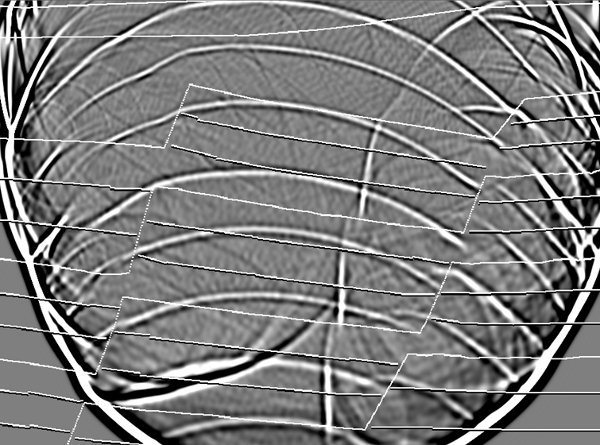
Chapter 3: Numerical Solutions of the Wave Equations
In order to use the various wave and ray equations in Geophysical studies, computer applications for solving these equations need to be developed. This is the field of numerical approximations and solutions of the wave equations. This includes operations such as computation of spatial derivatives and time integration. The numerical schemes developed and used in Geophysical applications needs to be numerically stable and ensure minimal numerical dispersion. In this chapter we will review the basic concepts used in the numerical solutions of the various wave equations and will explain their use in Geophysical applications.

Chapter 4: The Theory of Post Stack and Prestack Depth Migration
Using both wave and ray equations, we discuss how these equations are used for the application of depth migration. We start with ray based depth migration and cover the basic concepts of Kirchhoff summation migration. Next, we tackle the building stones of wave equation depth migrations. We describe the formulation of one way wave equation depth migration and two way wave equation depth migration, as well as depth migration applied for anisotropic media. We conclude with the examination of various depth migration impulse responses computed using both ray based and wave based depth migration algorithms.
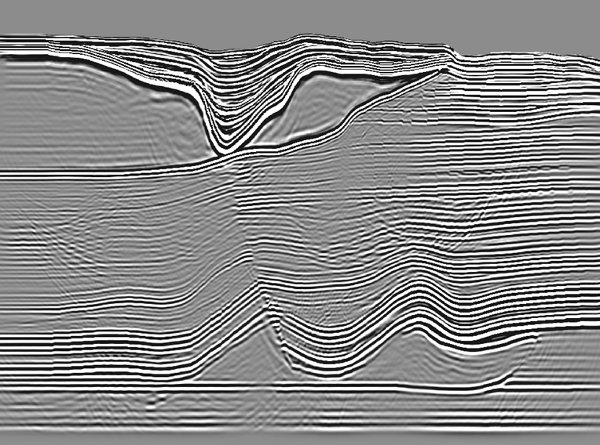
Chapter 5: Development and Testing of Prestack Depth Migration Algorithms
After covering the theoretical aspects of depth migration, we discuss the development of depth migrations. We start with a historical review of depth migrations that links the theoretical development to industrial implementation. We then examine industry models and datasets that are used for the testing of depth migration algorithms and their results. We conclude this chapter with a short review of computer hardware used by the industry for application of depth migrations.

Chapter 6: From Theory to Practice: Migration Parameterization
In this chapter we switch to a discussion of practical implementation of prestack depth migration. We start with reviewing all the parameters needed for the application of prestack depth migration, and continue with a detailed discussion of the most important migration parameters. We conclude with a detailed review of the way image gathers are constructed by various prestack depth migration algorithms including their advantages and limitations.

Chapter 7: Seismic Velocities and Velocity Estimation Techniques
After covering all aspects of forward modeling and depth migration we progress to discuss velocity analysis and velocity model building. We start this chapter with a review of the various definitions of velocity fields used in seismic processing and depth imaging. We then review and explain all velocity analysis techniques used in the industry, from the simplest Dix conversion to the most complex full wave form inversion (FWI). We conclude this chapter with a discussion about the accuracy of time to depth conversion done by the application of prestack depth migration, as well as seismic to well tie and residual depth correction.

Chapter 8: Anisotropy and Time-to-Depth Conversion
The geological models constructed today for the application of prestack depth migration consists not only of velocity field, but the anisotropic fields as well. In this chapter we examine the various geological settings that require the use of anisotropic models. We start the chapter with a review of the typical anisotropic models used in model building and depth imaging projects. We then introduce the commonly used Thompsen parameters for describing anisotropy and their use in industrial implementation. We conclude this chapter by reviewing the relation between errors in the anisotropic field and the prestack depth migration image quality.

Chapter 9: Salt Body Interpretation and Model Building
In this chapter we move from discussing velocity and anisotropic field estimation to constructing the structural part of the anisotropic models, or in other words from ‘processing’ to ‘interpretation’. The focus of this chapter is model building of complex models that include salt bodies, overthrusts and faults. We start with reviewing the link between velocity models and the prestack depth migration results obtained using models used during model building phase. With this, we progress to examining model building techniques and workflows. We conclude this chapter by discussing the functionality needed in the interpretation and model building tools that we are using for the construction of complex geological models.

Chapter 10: Velocity Model and Image Quality
In the previous two chapters we discussed tools, techniques, and workflows for interpretation and construction of anisotropic models, with the objective to create the most accurate representation of the geology. Velocity models are used as an input to prestack depth migration. Here we will examine the relation between the anisotropic models input to PSDM and the image produced by using these models. Various algorithms might perform better if the velocity models used as an input are slightly modified. We summarize this chapter with a discussion of how accurate the velocity model should be for each prestack migration algorithm.
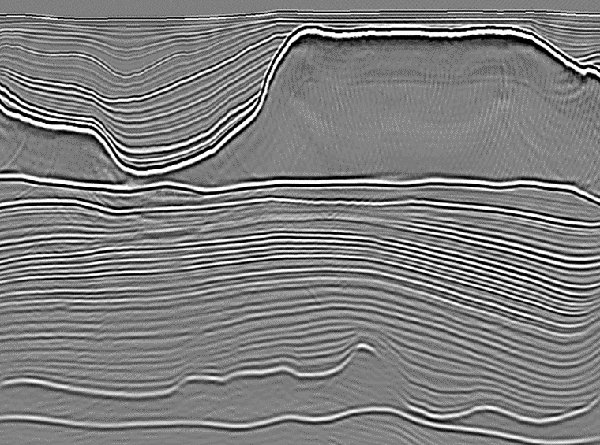
Chapter 11: Imaging and Interpretation of Sub-Salt Sediments
After reviewing interpretation for model building of salt bodies, we will evaluate challenges of imaging and interpretation of the subsalt section. In general, there is weak illumination below salt, and this results with more significant imaging of artifacts. Subsalt artifacts can be multiples, converted waves or algorithm generated noise. In this chapter we review the behavior and imaging of converted waves below salt bodies, prism waves in close proximity to salt bodies, and inner bed multiples. The objective is to increase our understanding of sub-salt coherent noise that is part of the depth migrated data, and learn how to differentiate the noise from signal when interpreting the subsalt section.
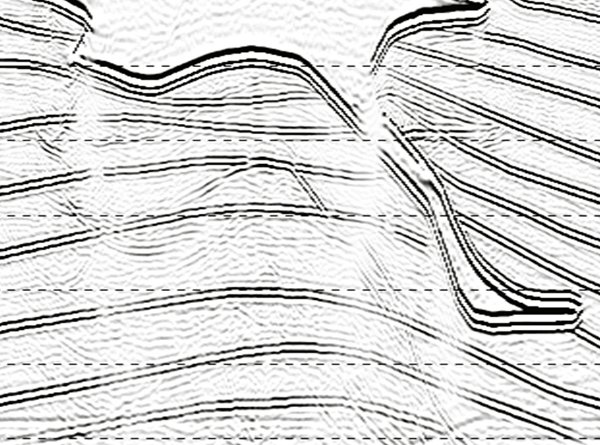
Chapter 12: Subsalt Illumination and Sub-Salt Seismic Amplitudes
The discussion in the previous two chapters focuses on structural imaging. The second part of depth imaging is in the ability to correctly preserve seismic amplitude, mainly near and below salt bodies. In this chapter we will review illumination analysis techniques aimed in providing insight about amplitudes extracted from depth migrated data. We will discuss both ray based methods and full wave equation based methods for analysis of seismic amplitudes. Here we will examine the changes that need to be done in the governing equations in order to apply amplitude preserved prestack depth migration.

Chapter 13: Illumination Analysis and Acquisition Design Studies
Since the introduction of wide azimuth marine seismic acquisition, acquisition design has become part of the assignment of Geophysicists. Today, marine seismic datasets can be NAZ, MAZ, WAZ, RAZ or FAZ. Wave equation simulation tools are now routinely used to assist in both marine and land seismic acquisition setup, and also help to better understand the processing that needs to be applied to these various datasets. In this chapter we will review ray based and wave based simulation tools that are used for seismic acquisition design. This will enable us to link the imaging objectives to the seismic acquisition program.

Chapter 14: Depth Imaging Projects, Workflows and Examples
To summarize the depth imaging course, we will look at a step-by-step workflow for executing a depth imaging project. We will review preprocessing, sedimentary velocity analysis, salt modeling, sub-salt velocity analysis, and selection and implementation of the final prestack depth migration algorithm and parameters. We will also cover the subjects of final seismic to well calibration, and data analysis work. We conclude the course with a review linking published exploration results to key developments in depth imaging technology.





